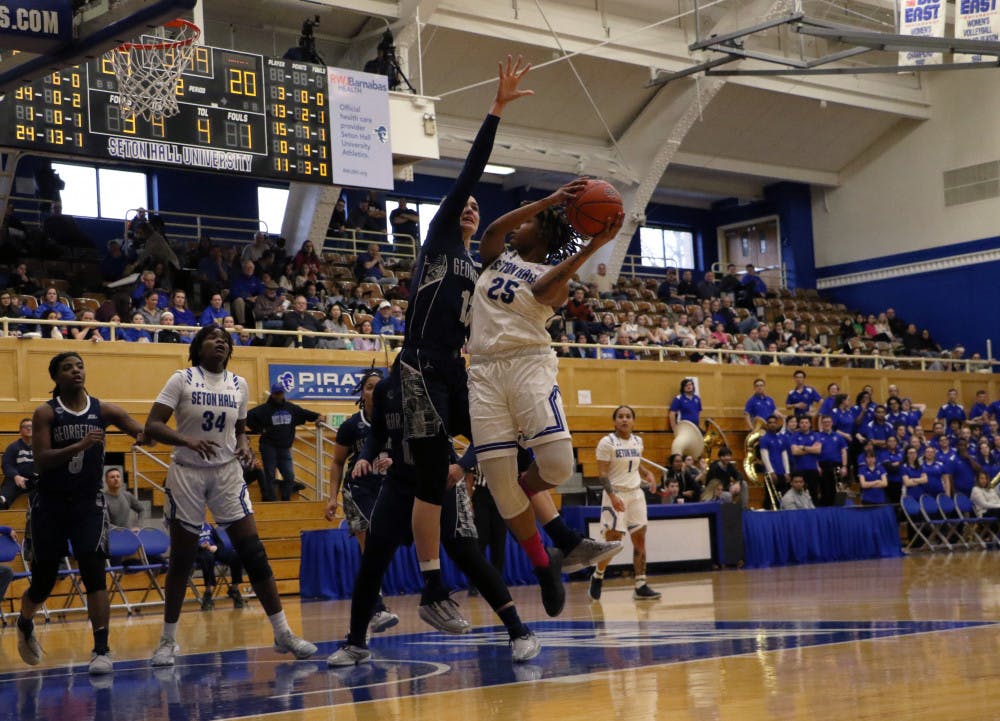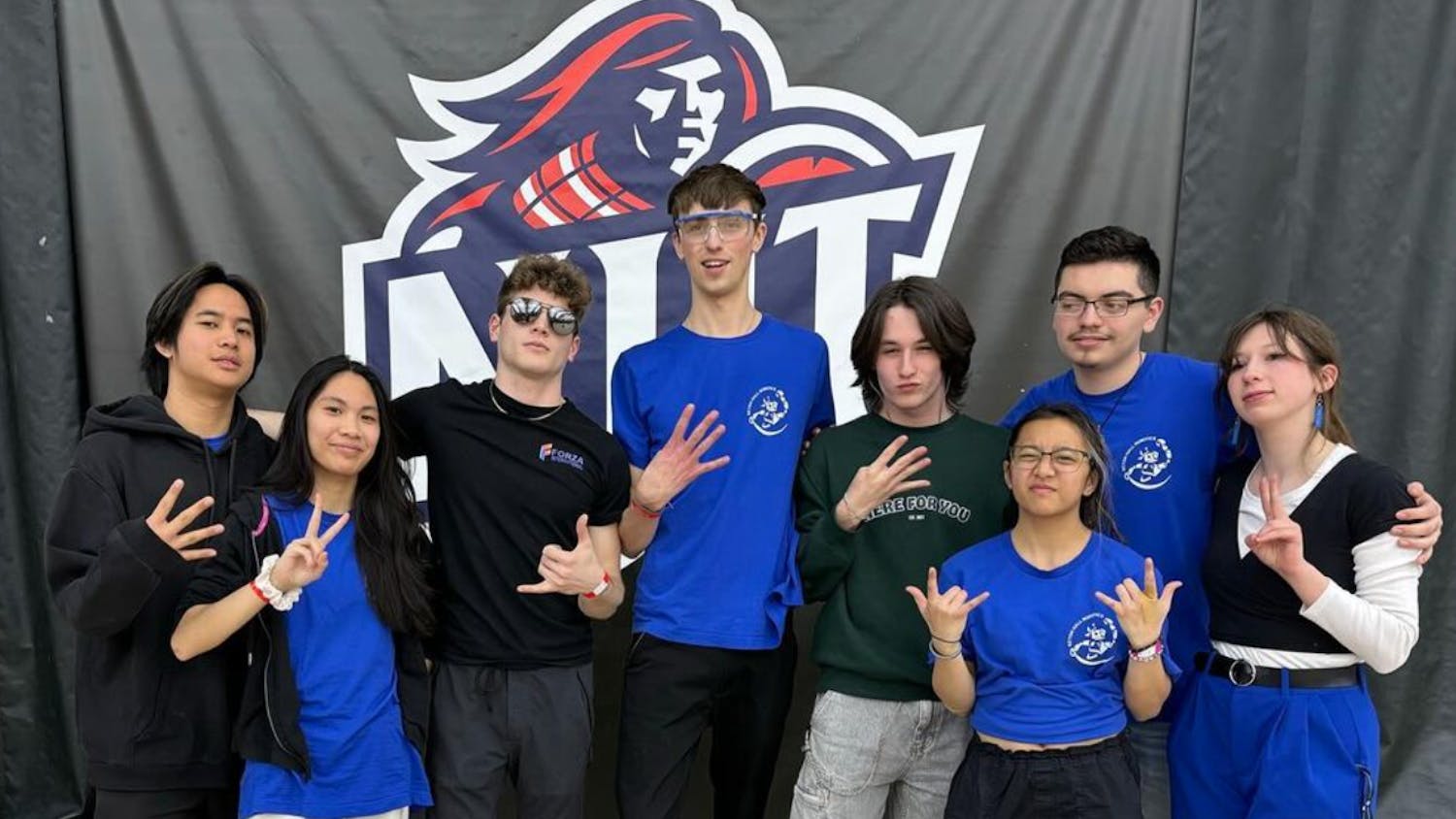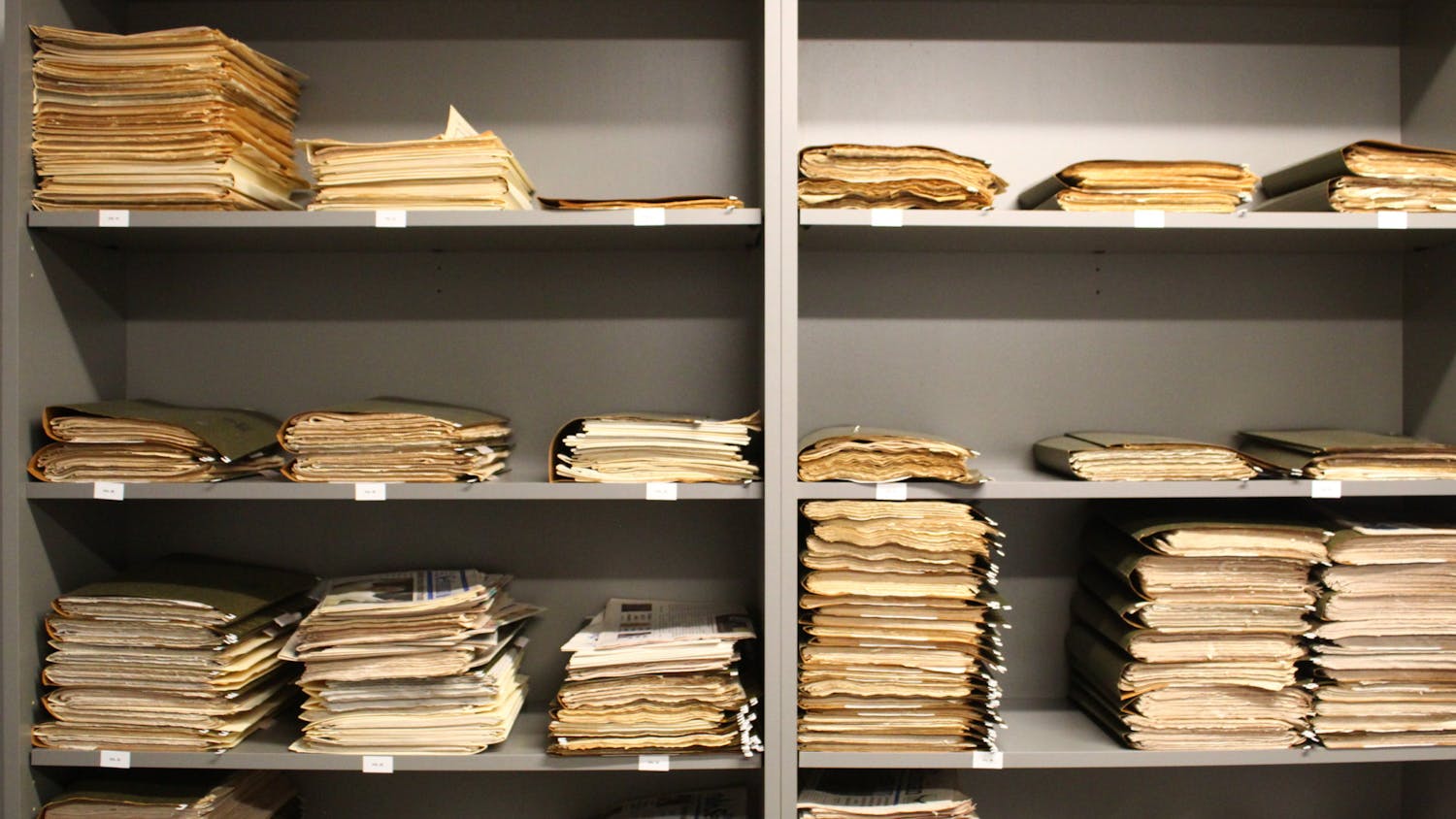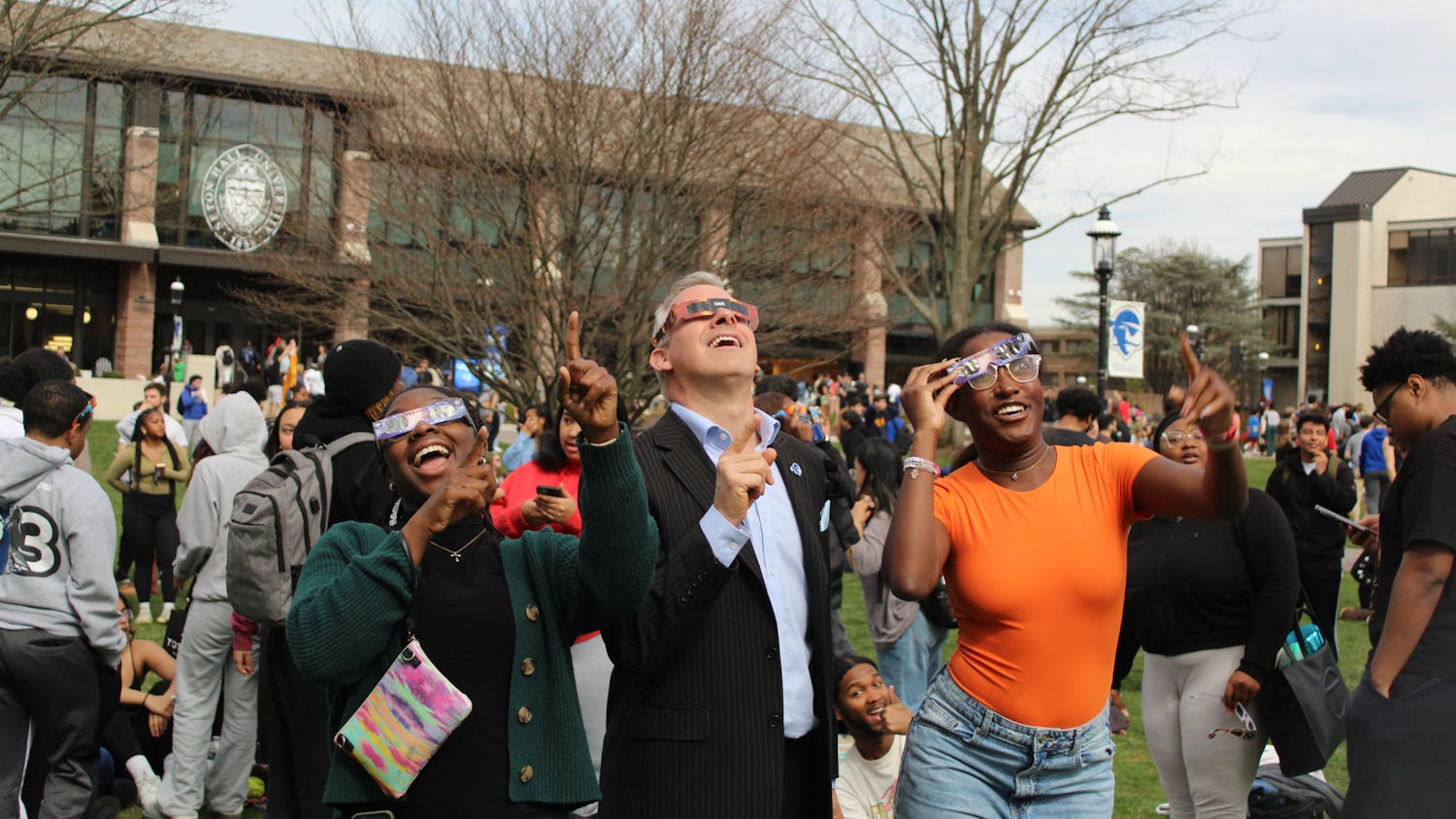 In the age of portable technology like cellphones, laptops, tablets and other personal devices, a wealth of information and knowledge is available at the fingertips of any user. College students who were born in this new internet era have answers to their questions in a matter of seconds, thanks to Google.
Joseph O’Mahoney, professor in the School of Diplomacy and International Relations, urges students and professors to “have a clear idea of what it is that technology is supposed to do that makes it worth integrating into the classroom.”
Different types of software, applications and computer programs are available to both students and faculty.
One of the most frequently visited applications is Blackboard. Professors can post course material like syllabi, open assignment submission fields, upload PowerPoint notes and assignments to Blackboard, and can also test their students with online quizzes or exams. Blackboard is accepted by students on campus who find the application to be resourceful.
Mackenzie Rill, a freshman diplomacy student, likes the use of the Blackboard app in the classroom.
“In one class, my teacher uploaded all the material for the course to Blackboard. This included class notes, grades, and even some reading assignments,” Rill said. “That allowed me to save some money on textbooks, since everything I needed was up on Blackboard.”
O’Mahoney claims that technology is important to bring to the classroom because it encourages communication between students and staff. Email is an appropriate and instant method for students and teachers to ask questions and send out notifications.
Professor Jack Chow, who served as the first ambassador-rank diplomat to a global health mission for the U.S. Department of State, according to the SHU website, uses technology in the School of Diplomacy and International Relations.
Ambassador Chow says that the key to ensuring students receive the most out of his lectures is to intertwine technology with traditional teaching methods.
In Chow’s global health policy course, he chooses YouTube videos that feature interviews with political leaders. He also takes his students on a “virtual science fair” through a series of videos concerning medical technologies.
Steph Morrone, a sophomore sports management major in the Stillman School of Business, says that technology is important to bring in real-world examples to the classroom.
“In classes like accounting and economics, the material is much easier to understand when you can relate it to something that you either have dealt with in real life or have some background knowledge of,” Morrone said.
As beneficial as technology is in taking the college education a step further, experts say there can be downsides, too. The American Psychological Association (APA) says that readers who use digital screens are less focused and not able to retain the material as well as when it is on paper.
Students may also be less focused on course material when using social media sites during class. Multitasking online is not only detrimental to the student, but also to the rest of the class.
“Seeing someone on Facebook or Twitter or a Buzzfeed quiz pulls your attention to their computer and not the lecture,” Rill said.
According to a study in Computers in Human Behavior, students who were distracted by their peers being on other websites scored lower on an exam than those who were not distracted.
Michael Maloney, religion professor of honors and philosophy courses, says he forbids the use of technology in the classroom.
Maloney says, laptops and cell phones are “just distractions”, and that technology prevents students from communicating, and analyzing major themes found in the assigned texts.
O’Mahoney says a university experience is not for entertainment. “It is supposed to be challenging and requires discipline... the student is the one who has the primary responsibility for their own learning.”
O’Mahoney adds, if a student wishes to be successful, he or she will incorporate technology to further the lecture beyond the textbook, while also avoiding distractions like social media.
Megan O’malley can be reached at megan.omalley@student.shu.edu
In the age of portable technology like cellphones, laptops, tablets and other personal devices, a wealth of information and knowledge is available at the fingertips of any user. College students who were born in this new internet era have answers to their questions in a matter of seconds, thanks to Google.
Joseph O’Mahoney, professor in the School of Diplomacy and International Relations, urges students and professors to “have a clear idea of what it is that technology is supposed to do that makes it worth integrating into the classroom.”
Different types of software, applications and computer programs are available to both students and faculty.
One of the most frequently visited applications is Blackboard. Professors can post course material like syllabi, open assignment submission fields, upload PowerPoint notes and assignments to Blackboard, and can also test their students with online quizzes or exams. Blackboard is accepted by students on campus who find the application to be resourceful.
Mackenzie Rill, a freshman diplomacy student, likes the use of the Blackboard app in the classroom.
“In one class, my teacher uploaded all the material for the course to Blackboard. This included class notes, grades, and even some reading assignments,” Rill said. “That allowed me to save some money on textbooks, since everything I needed was up on Blackboard.”
O’Mahoney claims that technology is important to bring to the classroom because it encourages communication between students and staff. Email is an appropriate and instant method for students and teachers to ask questions and send out notifications.
Professor Jack Chow, who served as the first ambassador-rank diplomat to a global health mission for the U.S. Department of State, according to the SHU website, uses technology in the School of Diplomacy and International Relations.
Ambassador Chow says that the key to ensuring students receive the most out of his lectures is to intertwine technology with traditional teaching methods.
In Chow’s global health policy course, he chooses YouTube videos that feature interviews with political leaders. He also takes his students on a “virtual science fair” through a series of videos concerning medical technologies.
Steph Morrone, a sophomore sports management major in the Stillman School of Business, says that technology is important to bring in real-world examples to the classroom.
“In classes like accounting and economics, the material is much easier to understand when you can relate it to something that you either have dealt with in real life or have some background knowledge of,” Morrone said.
As beneficial as technology is in taking the college education a step further, experts say there can be downsides, too. The American Psychological Association (APA) says that readers who use digital screens are less focused and not able to retain the material as well as when it is on paper.
Students may also be less focused on course material when using social media sites during class. Multitasking online is not only detrimental to the student, but also to the rest of the class.
“Seeing someone on Facebook or Twitter or a Buzzfeed quiz pulls your attention to their computer and not the lecture,” Rill said.
According to a study in Computers in Human Behavior, students who were distracted by their peers being on other websites scored lower on an exam than those who were not distracted.
Michael Maloney, religion professor of honors and philosophy courses, says he forbids the use of technology in the classroom.
Maloney says, laptops and cell phones are “just distractions”, and that technology prevents students from communicating, and analyzing major themes found in the assigned texts.
O’Mahoney says a university experience is not for entertainment. “It is supposed to be challenging and requires discipline... the student is the one who has the primary responsibility for their own learning.”
O’Mahoney adds, if a student wishes to be successful, he or she will incorporate technology to further the lecture beyond the textbook, while also avoiding distractions like social media.
Megan O’malley can be reached at megan.omalley@student.shu.edu

Comments




